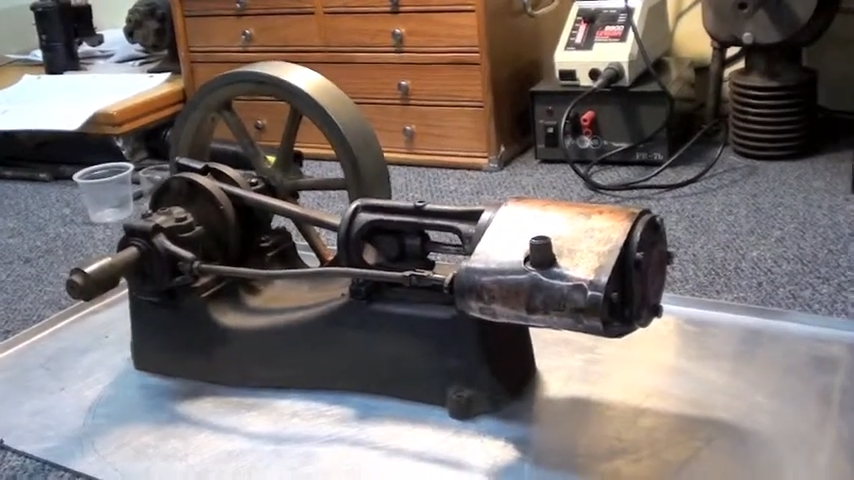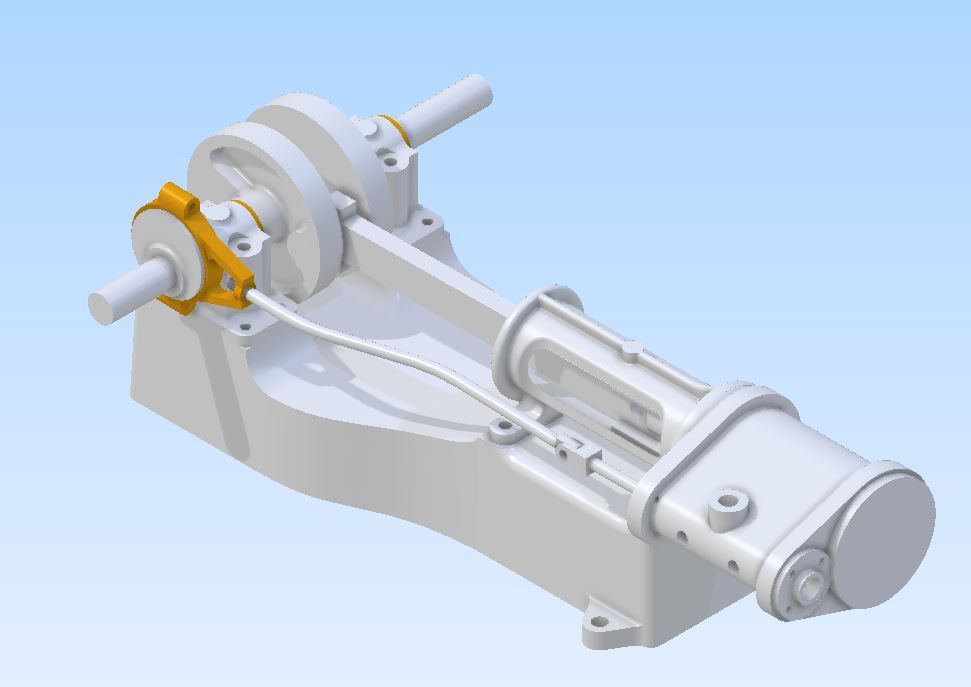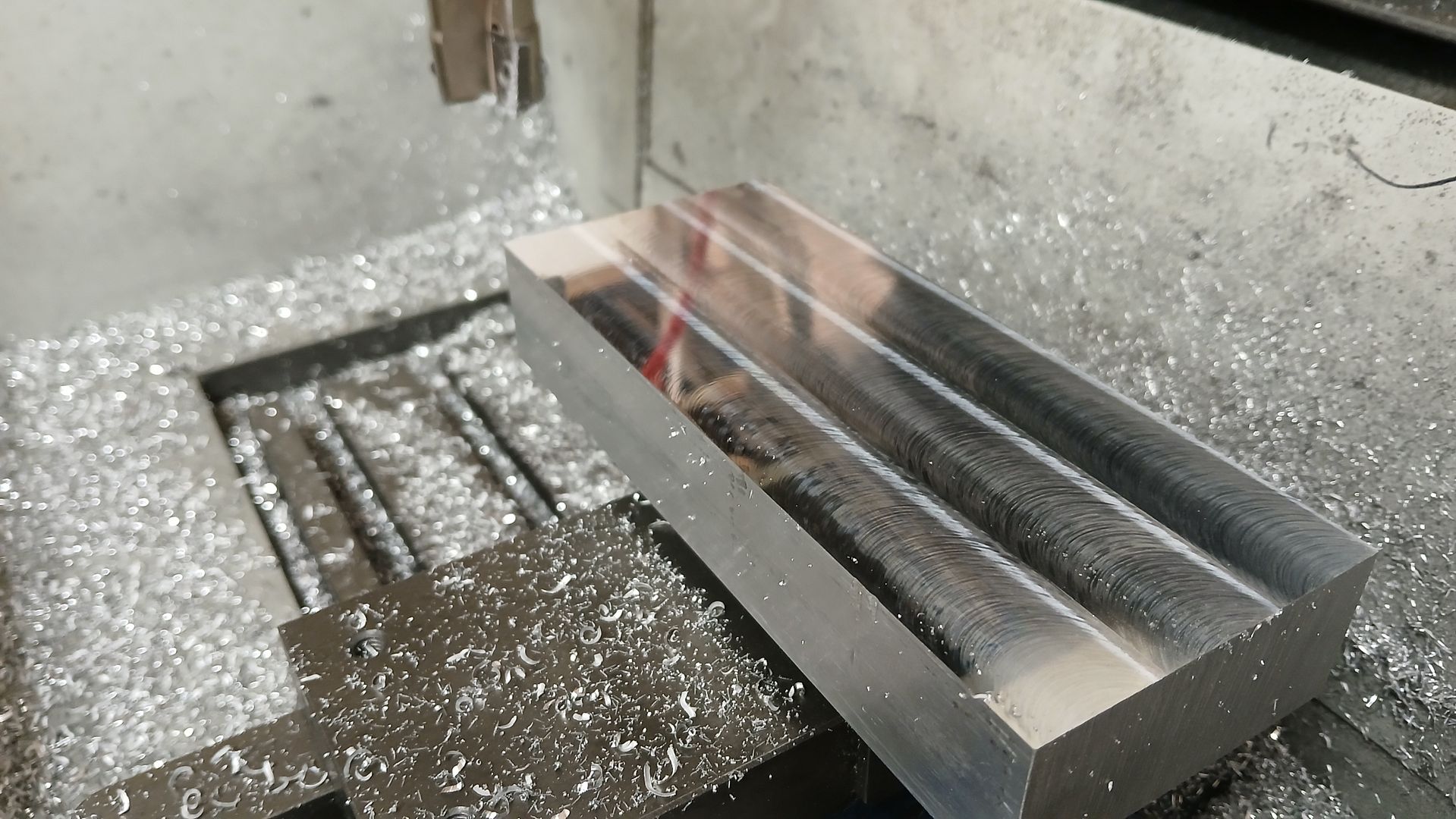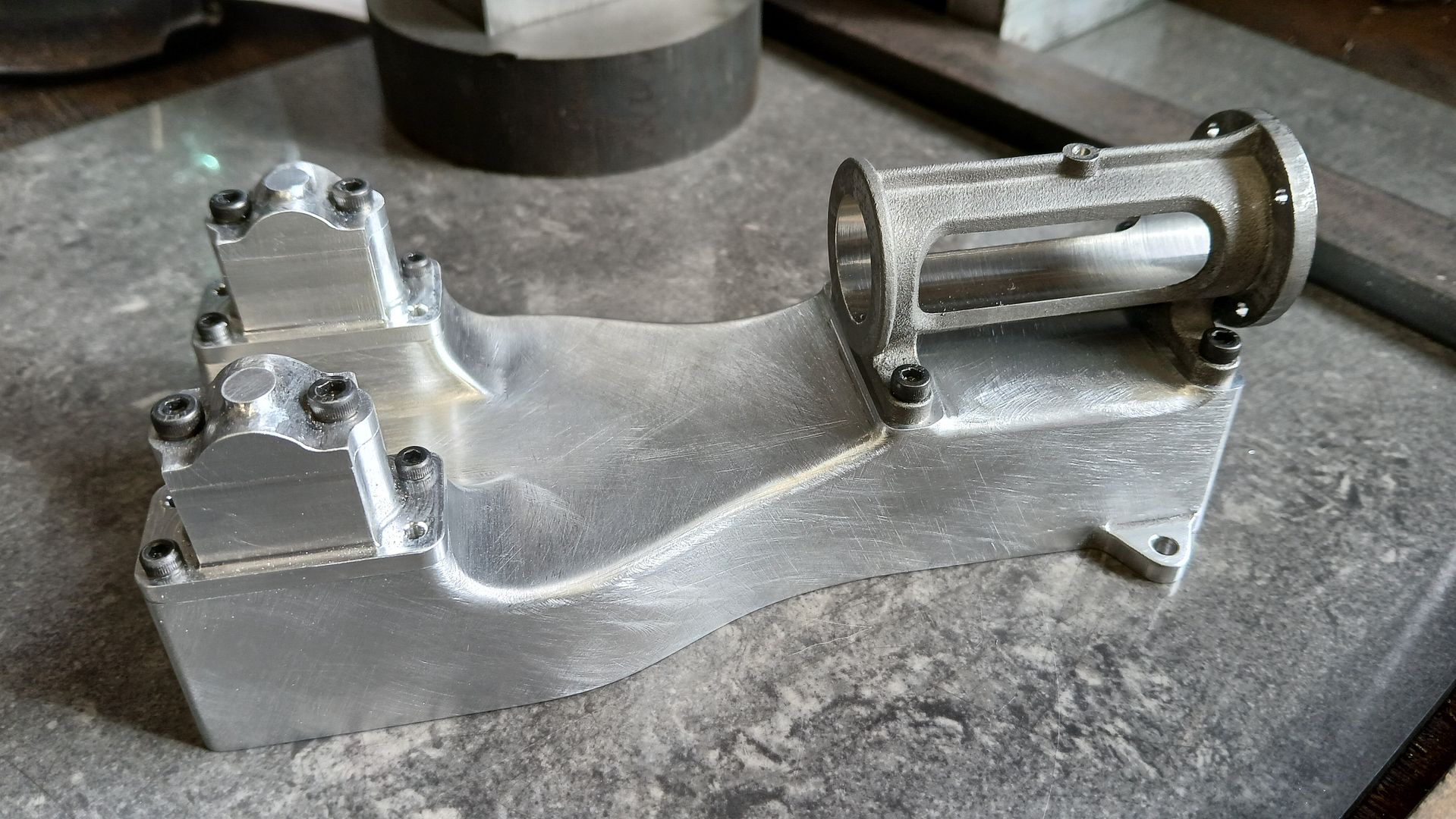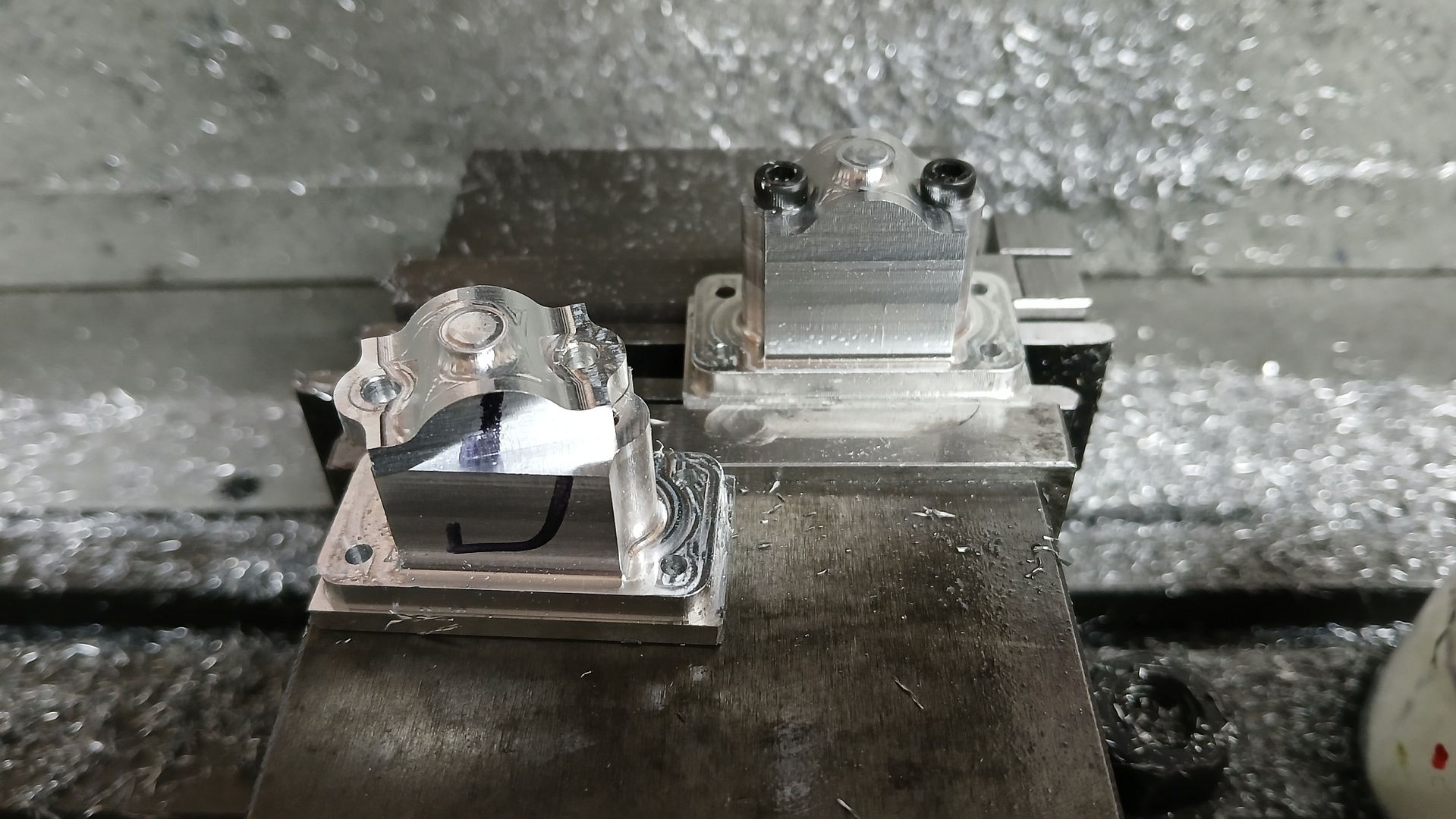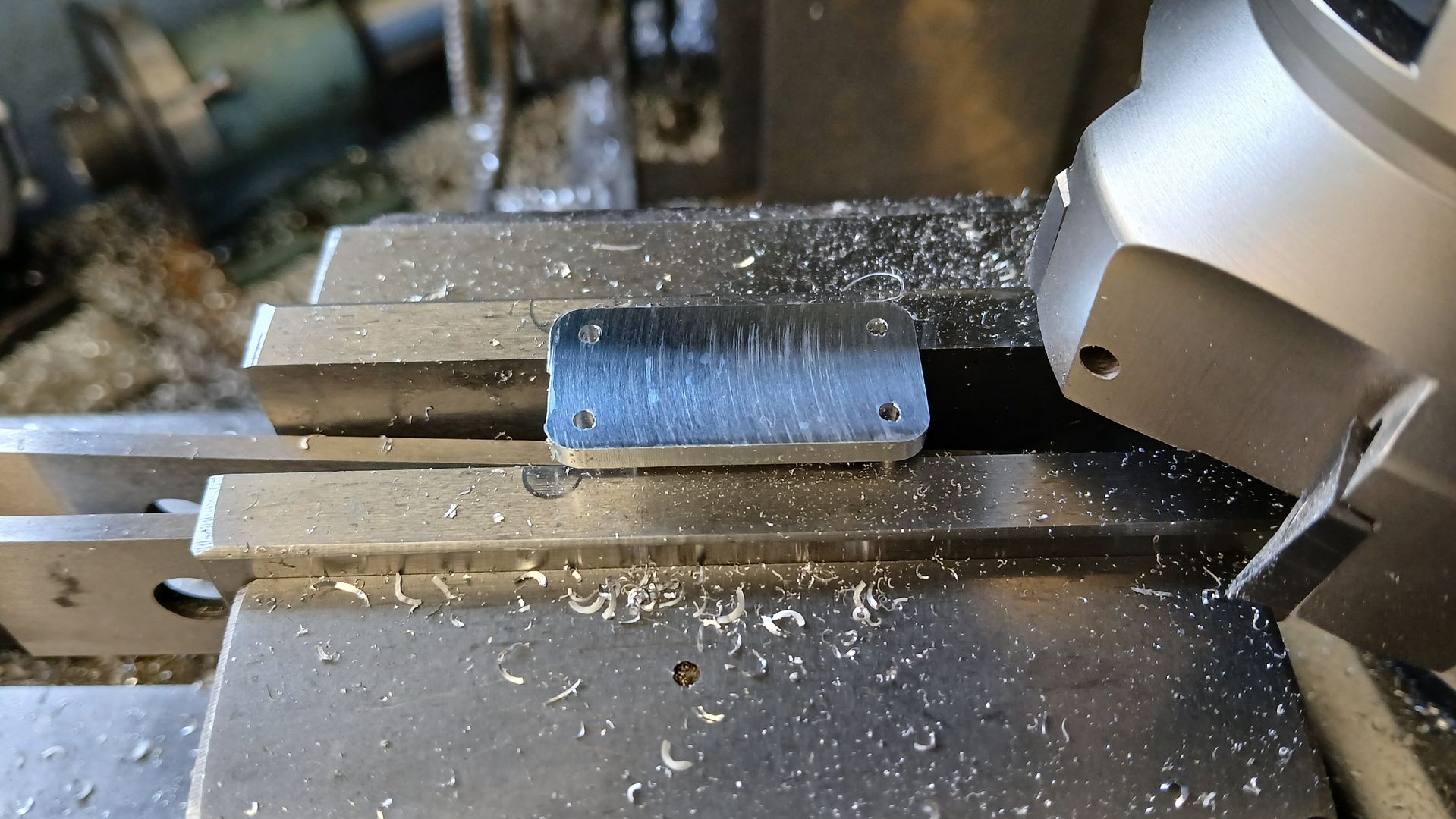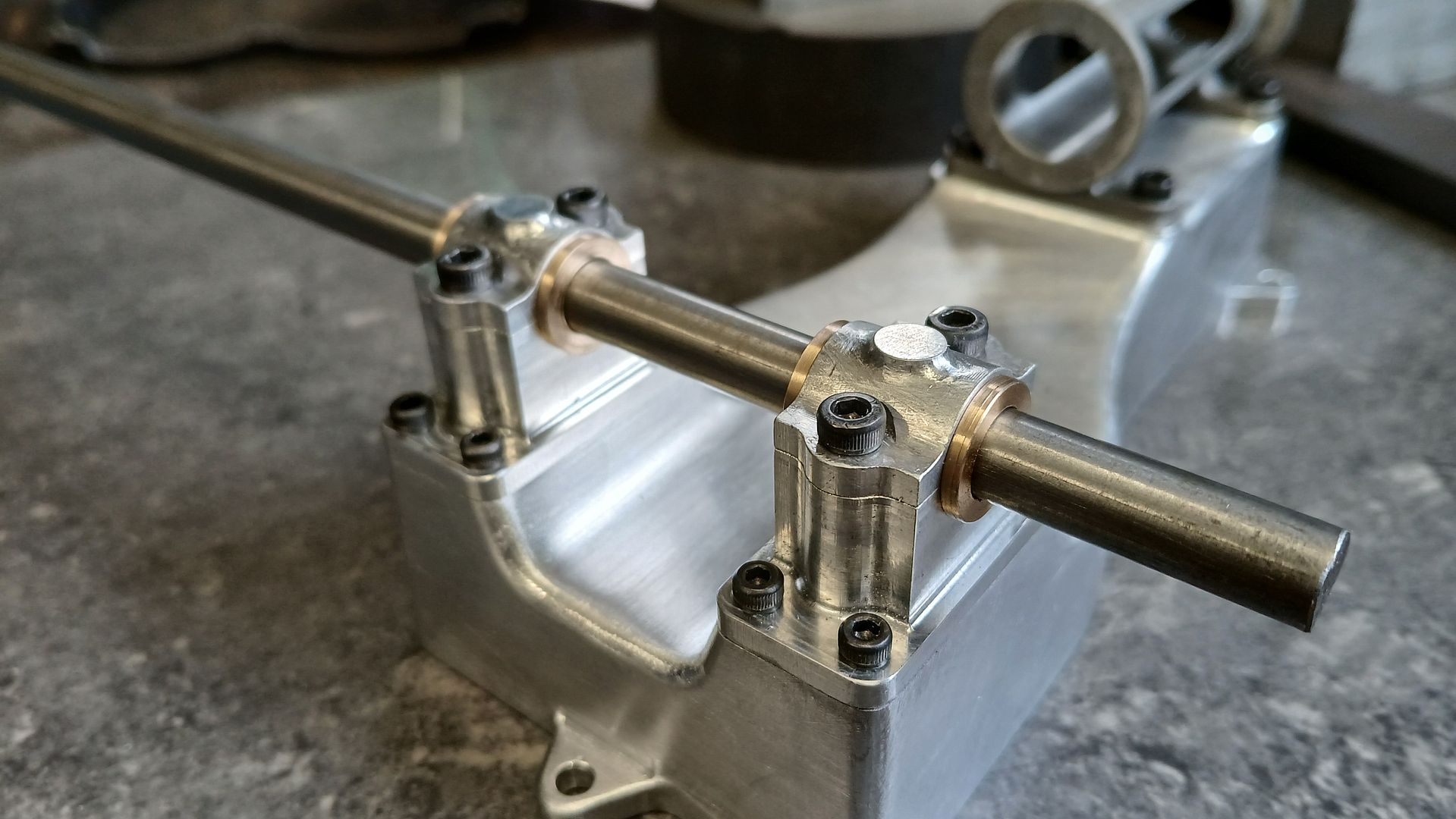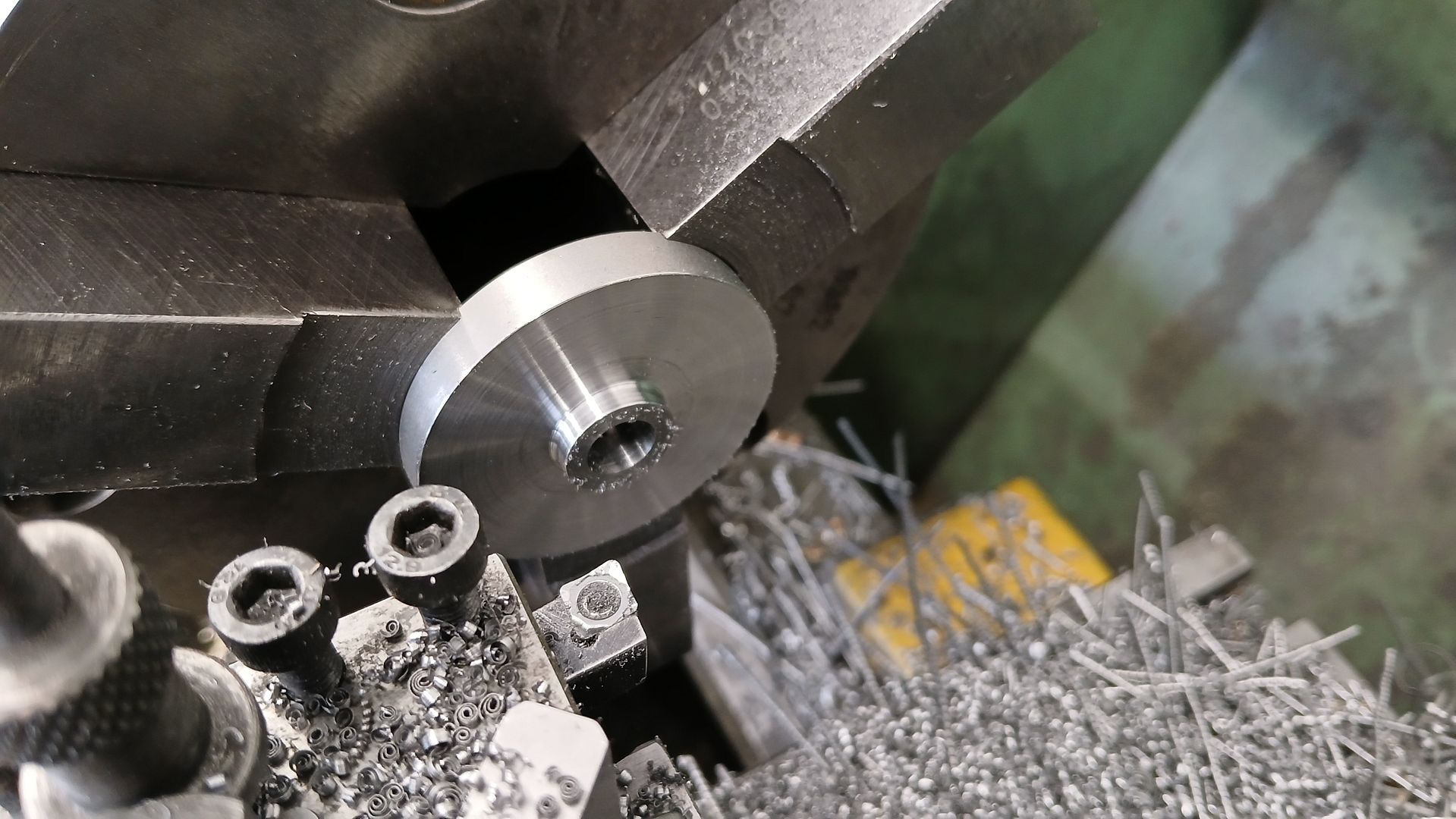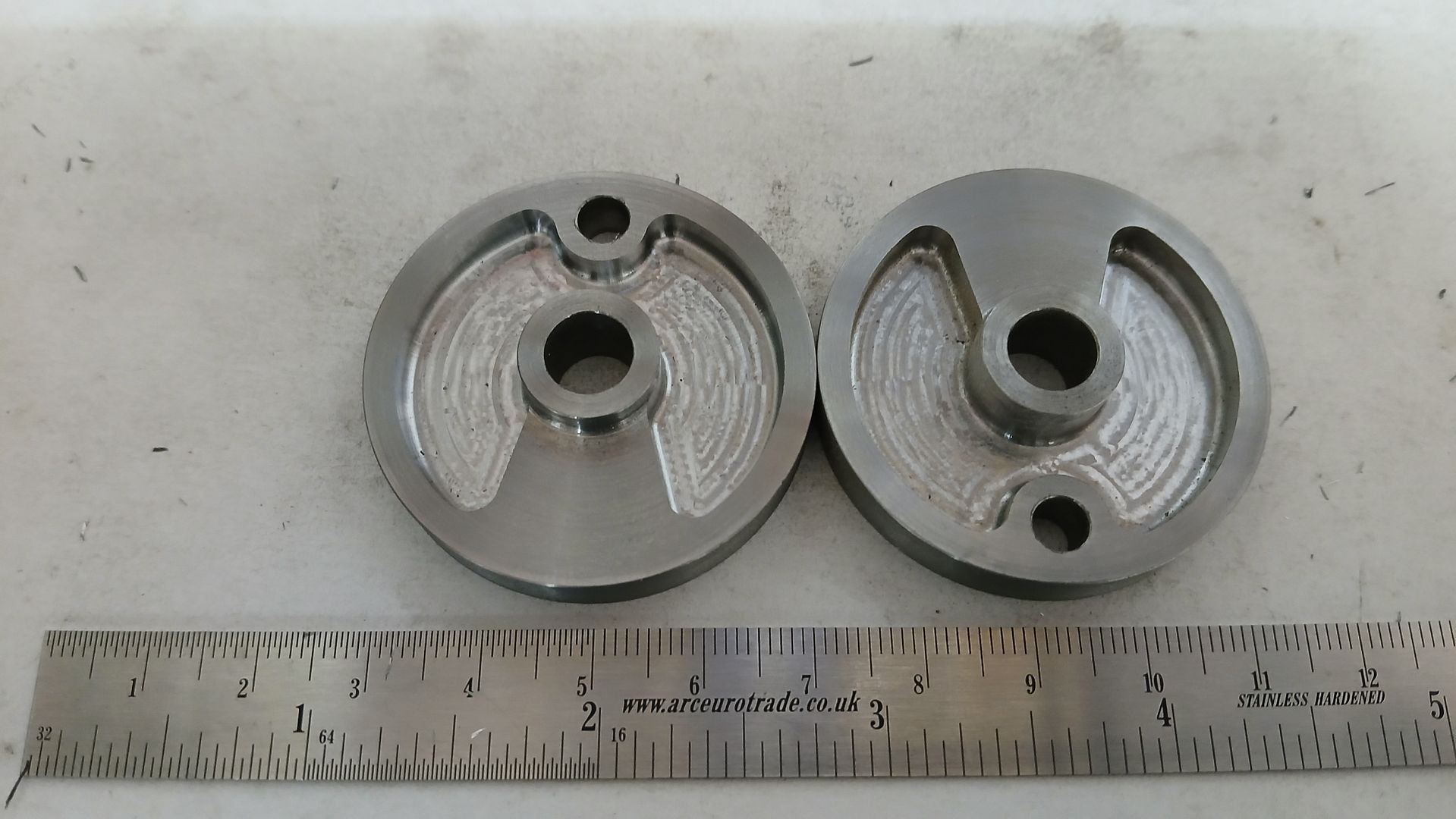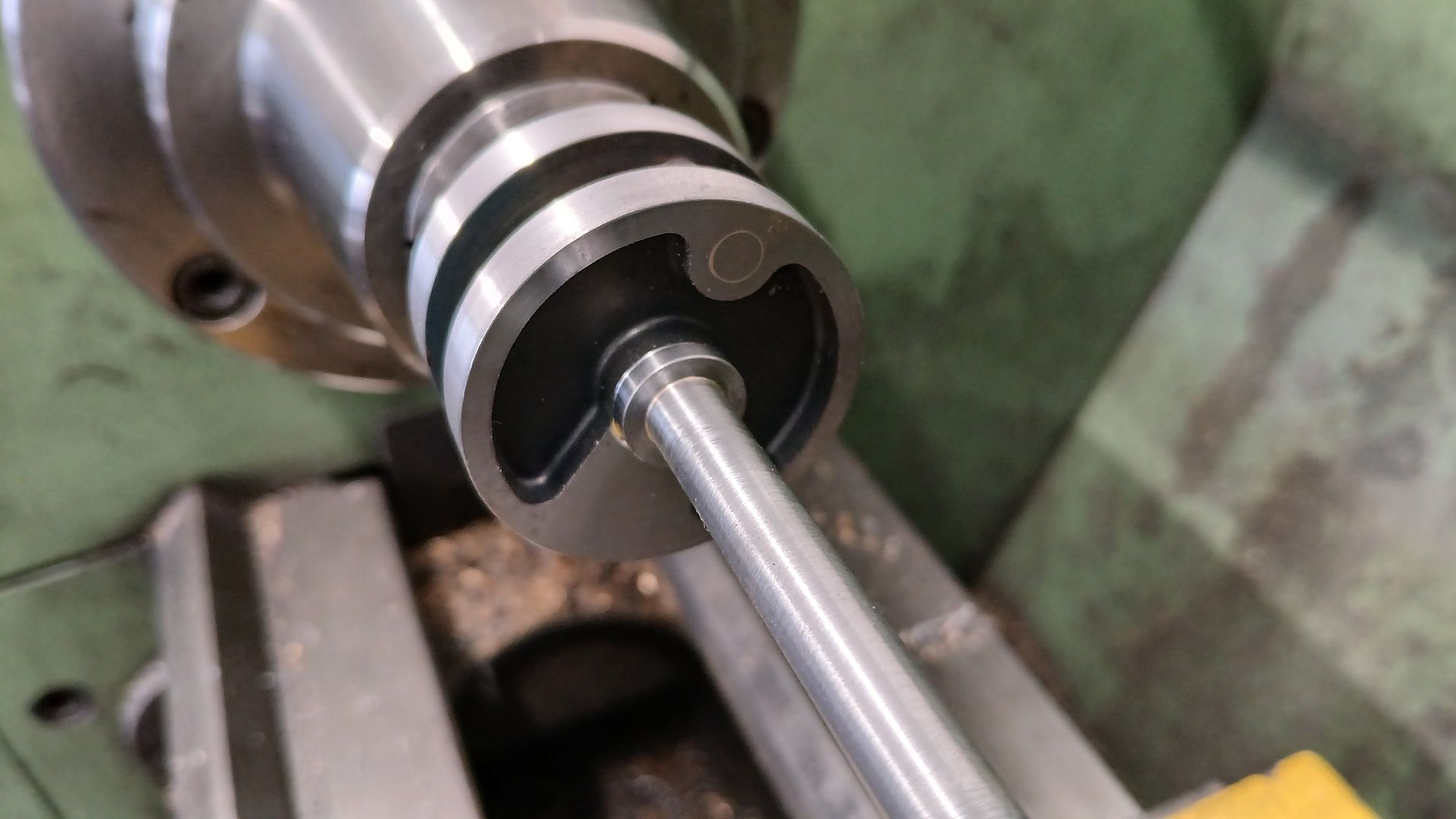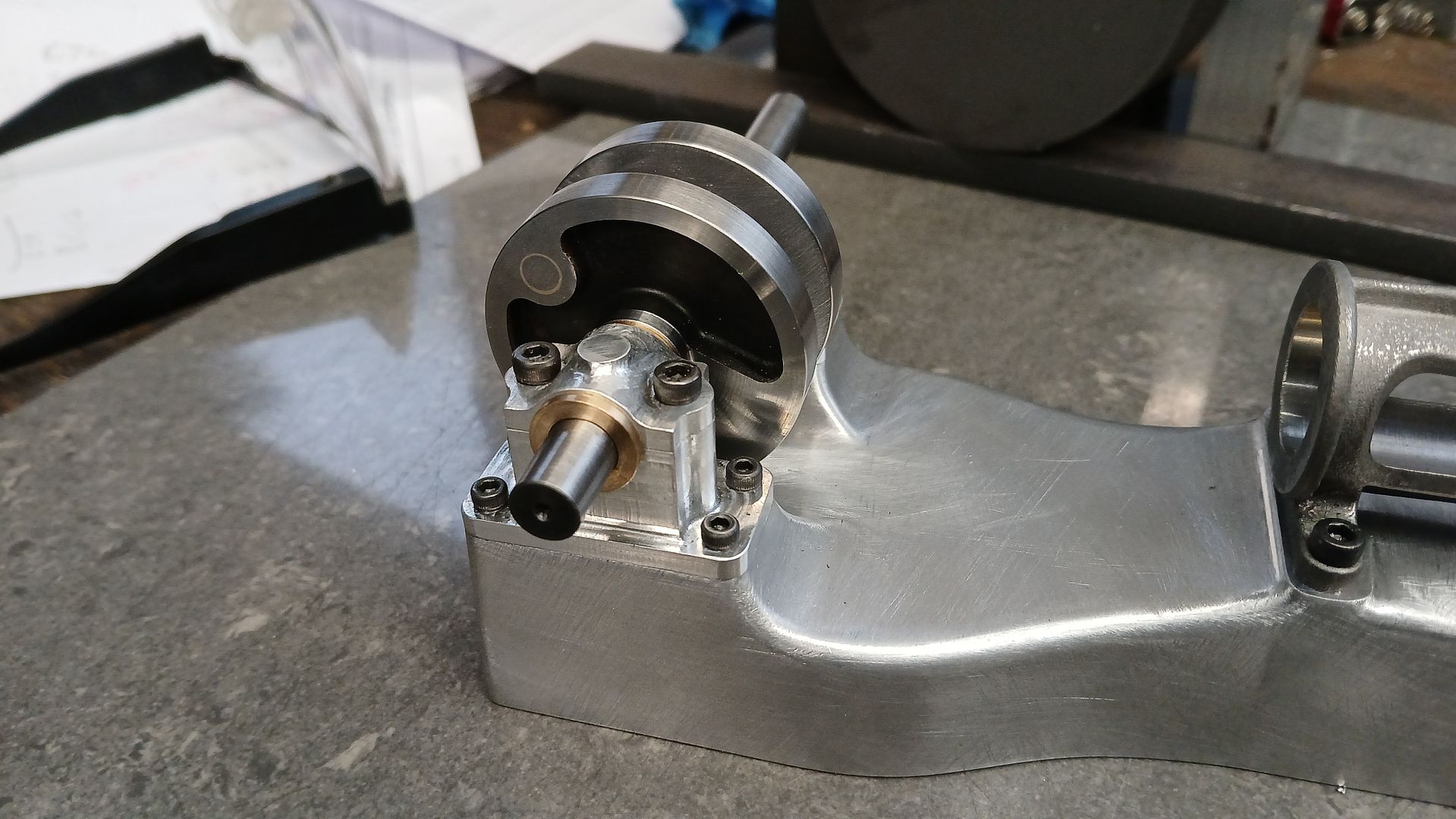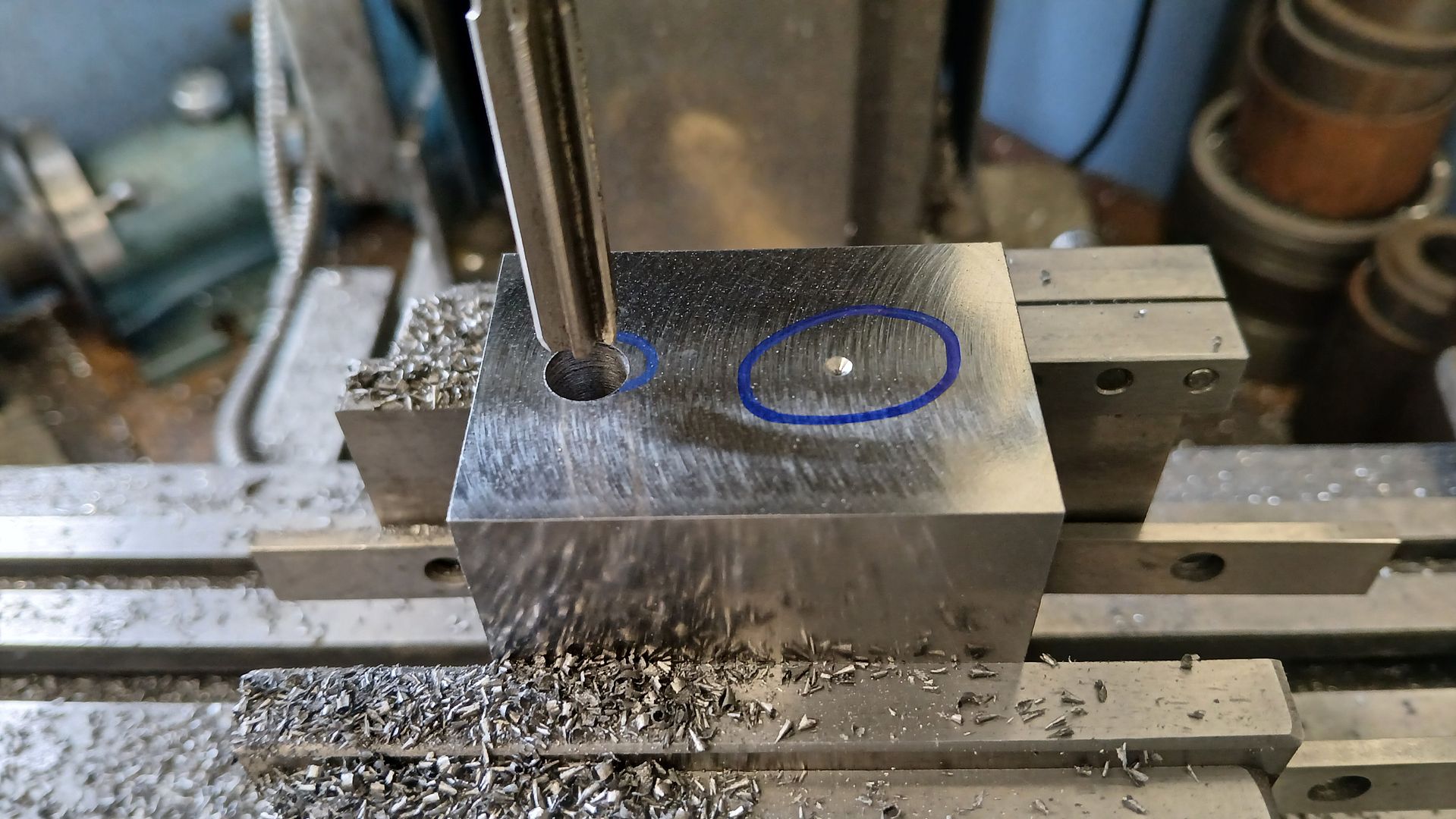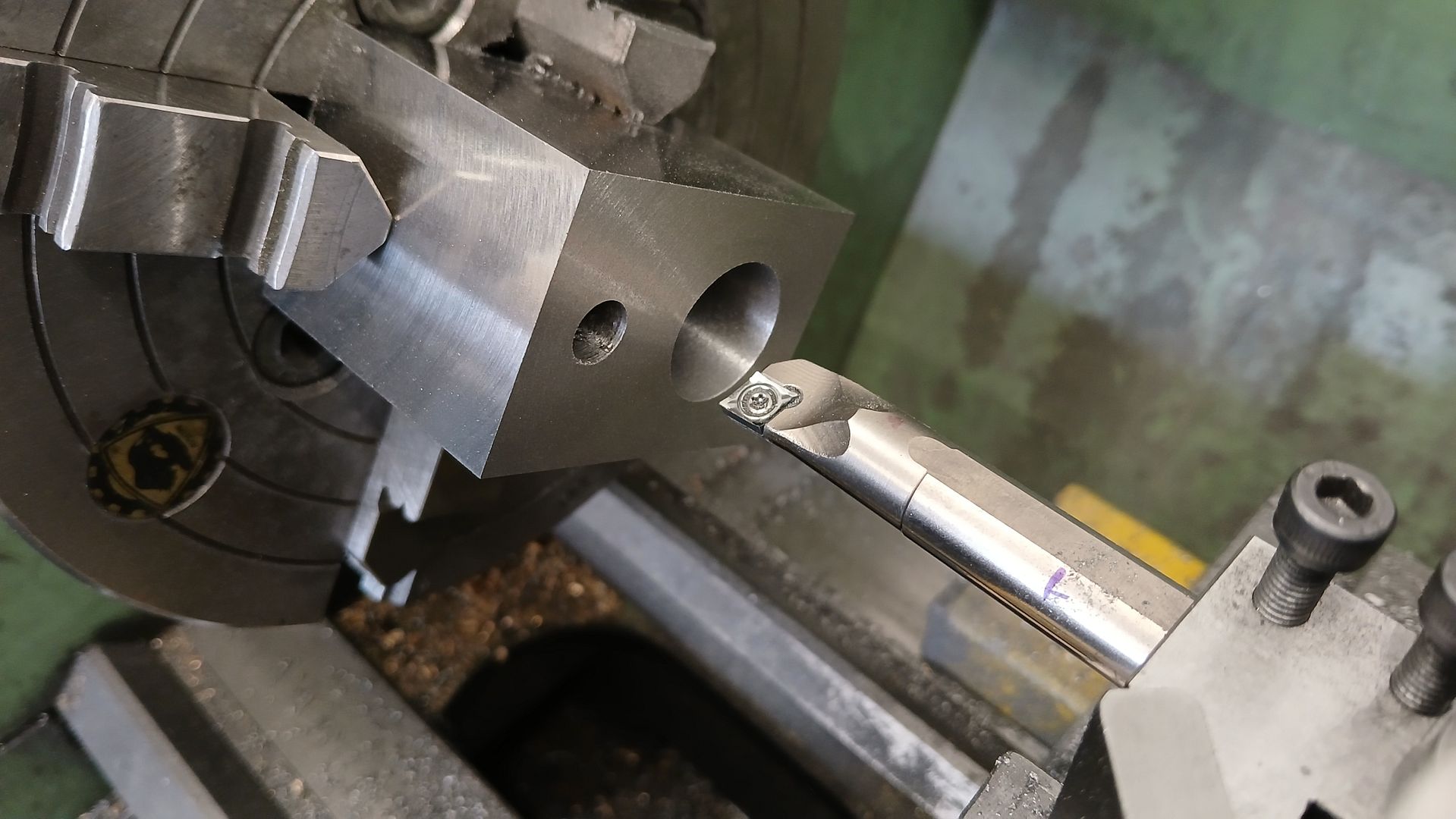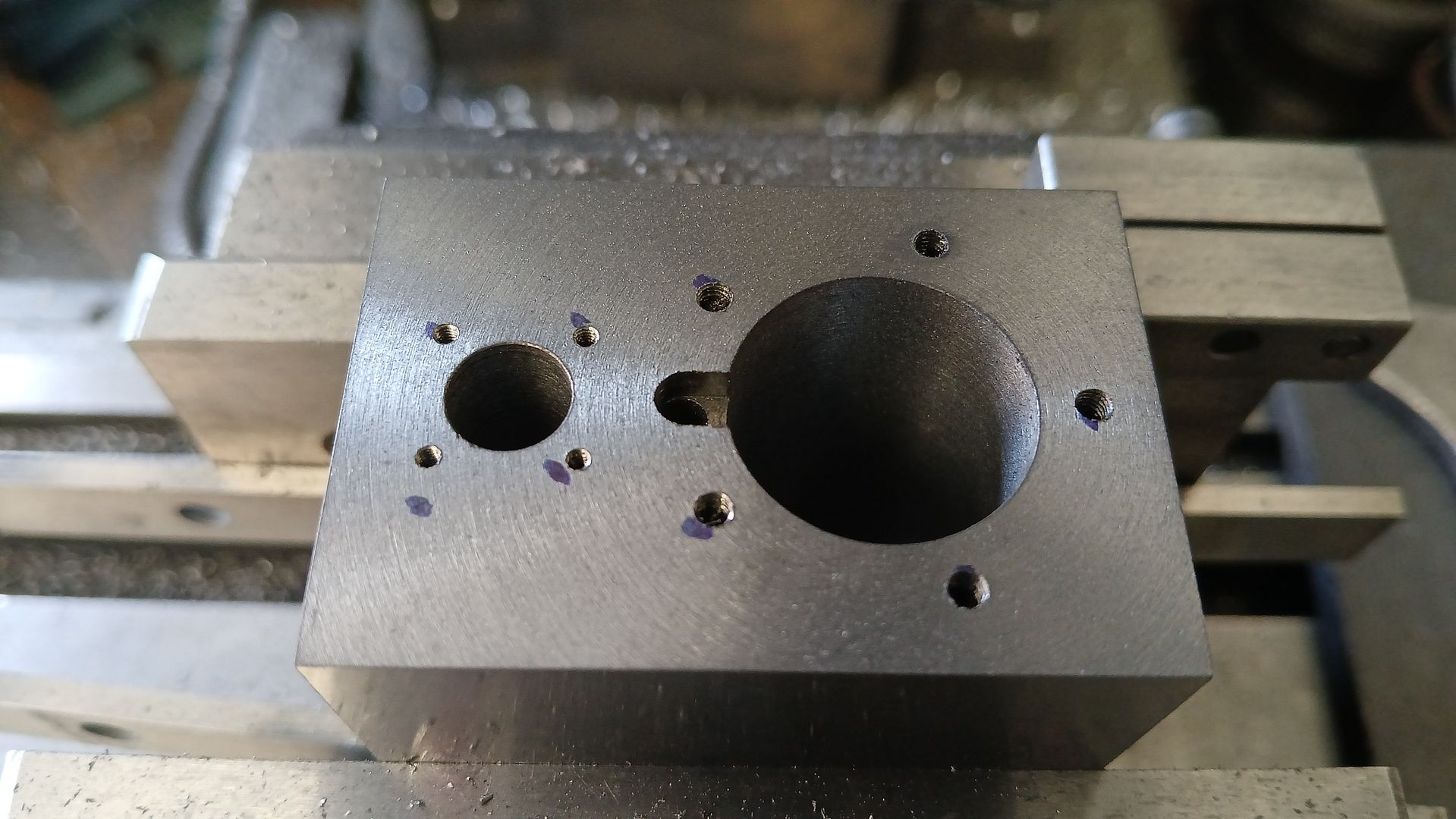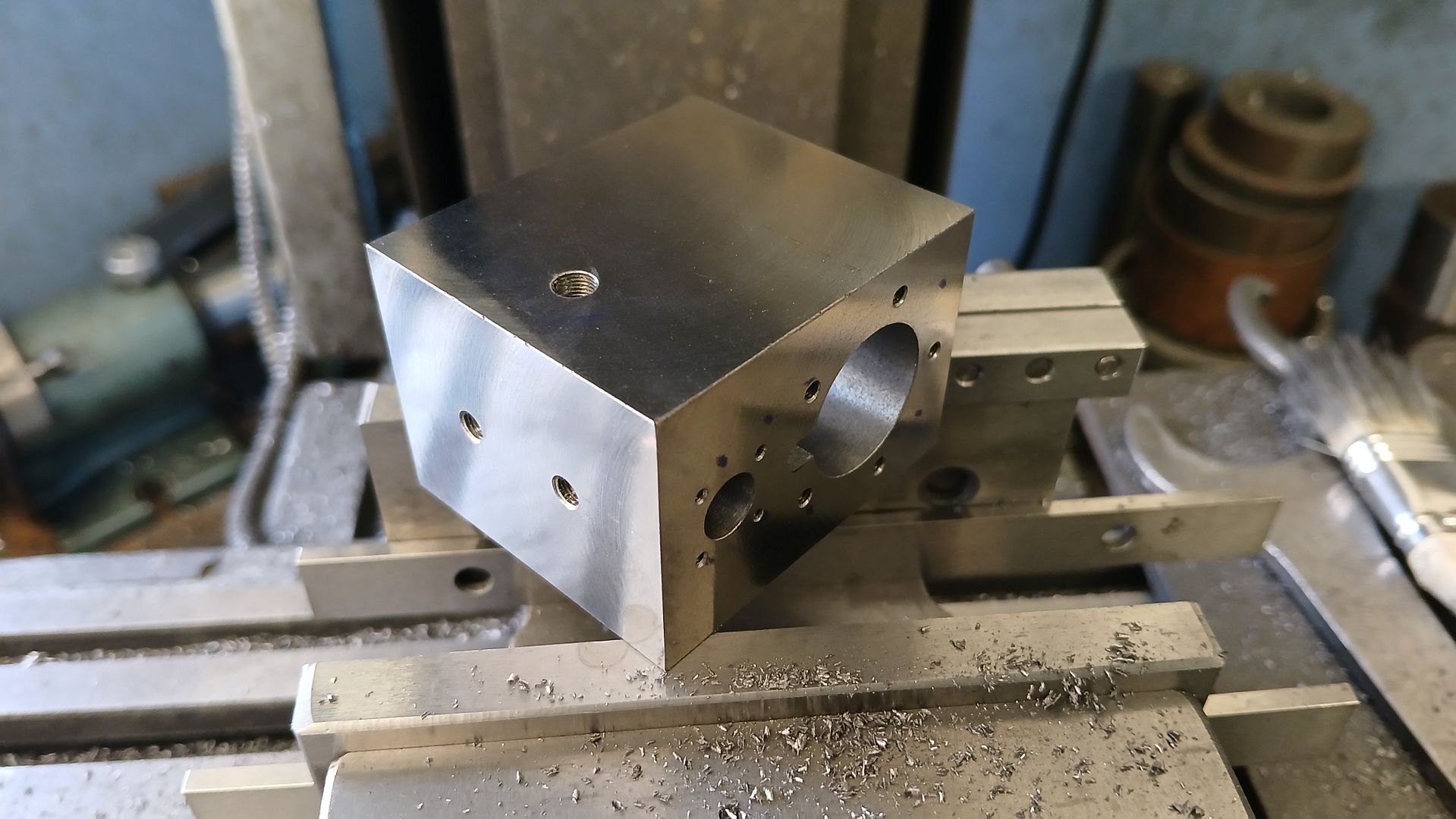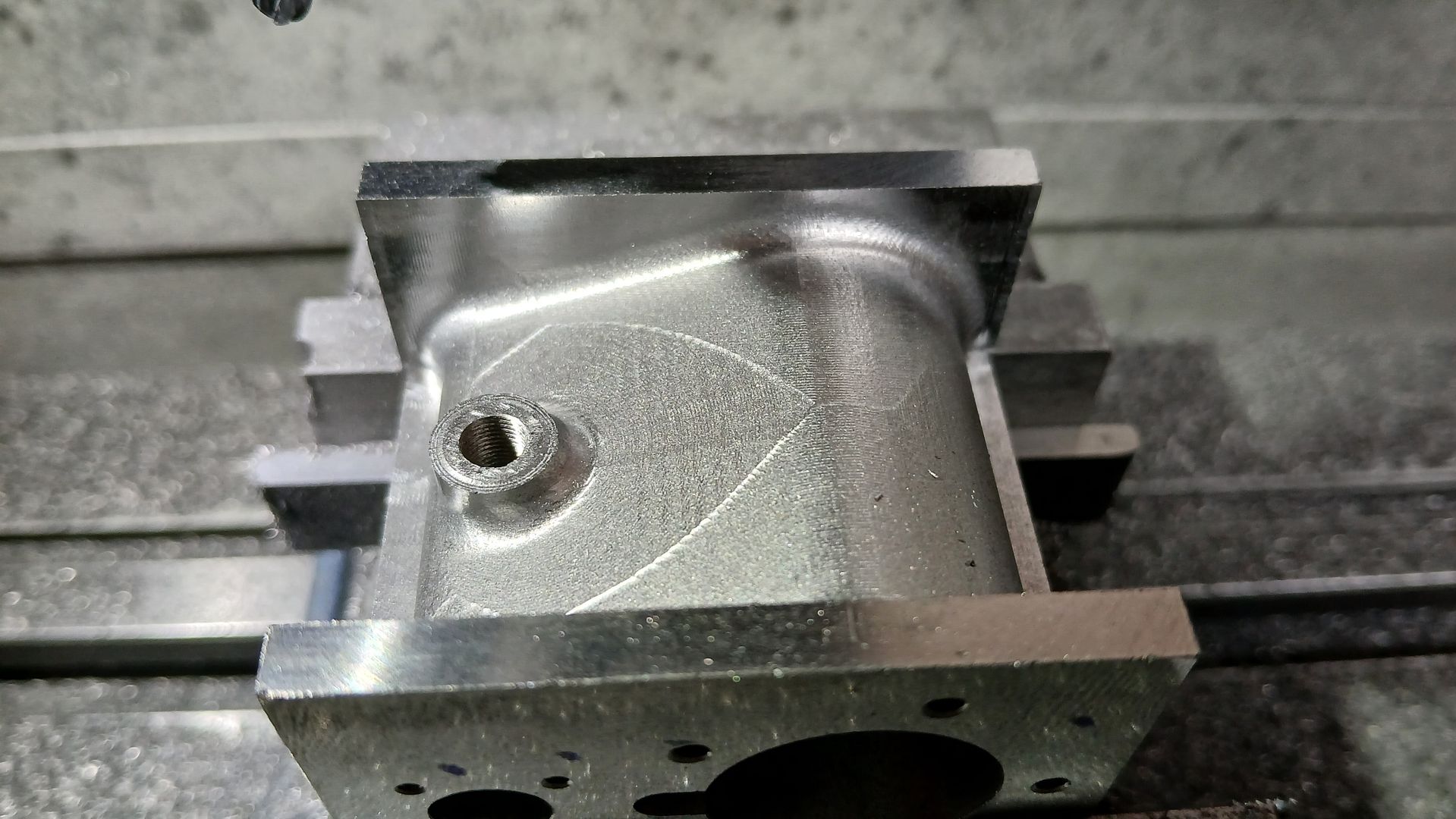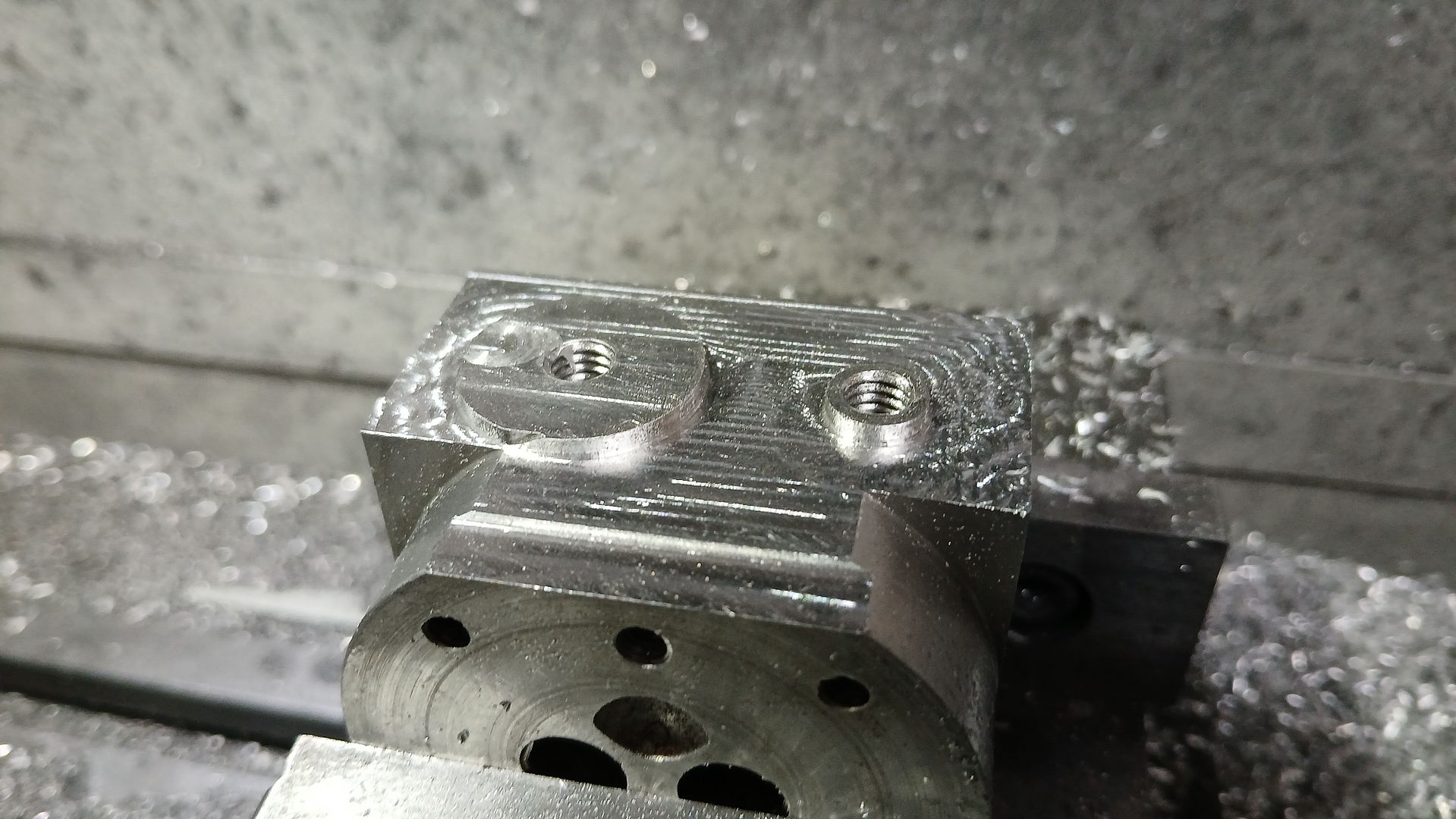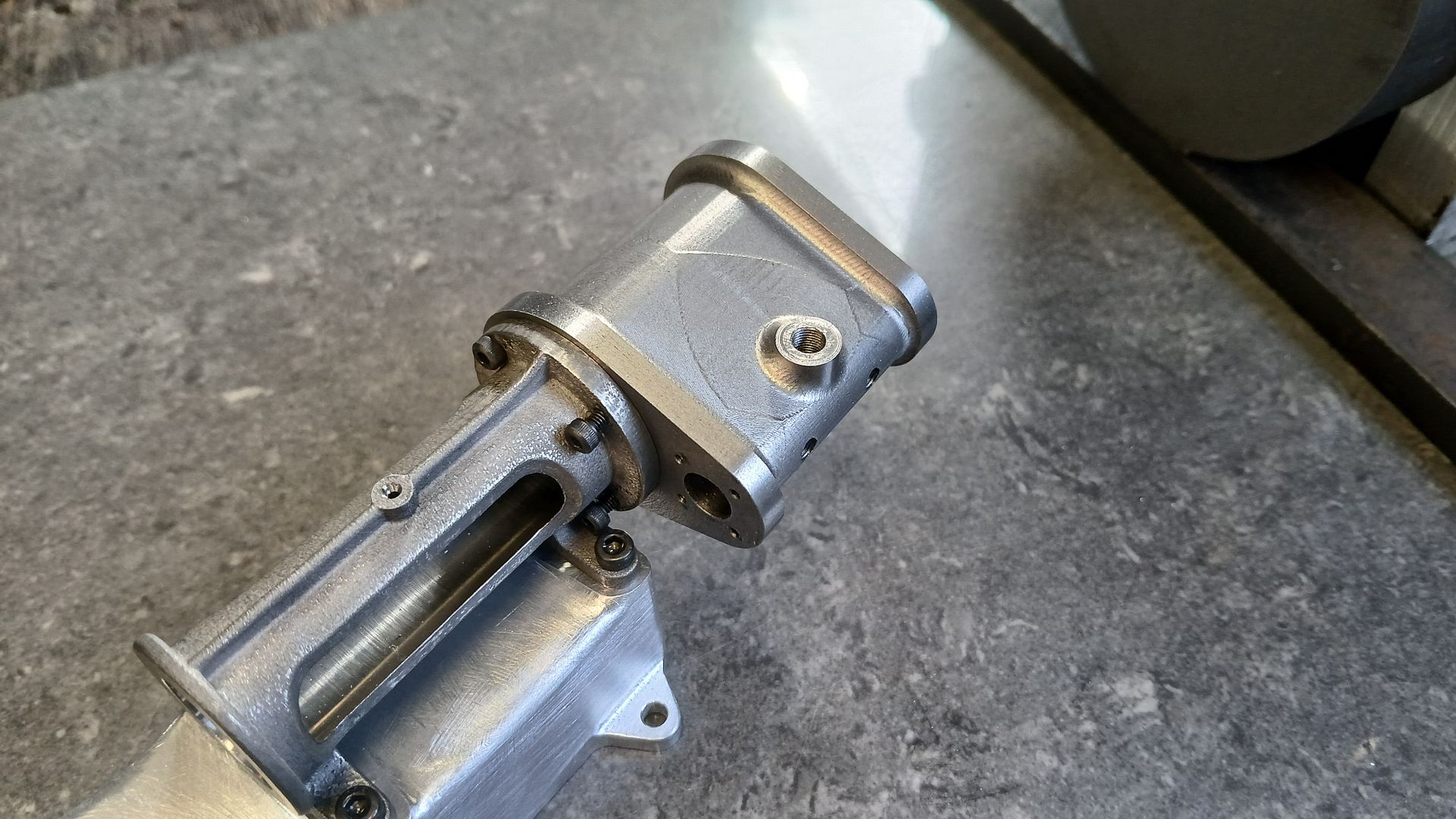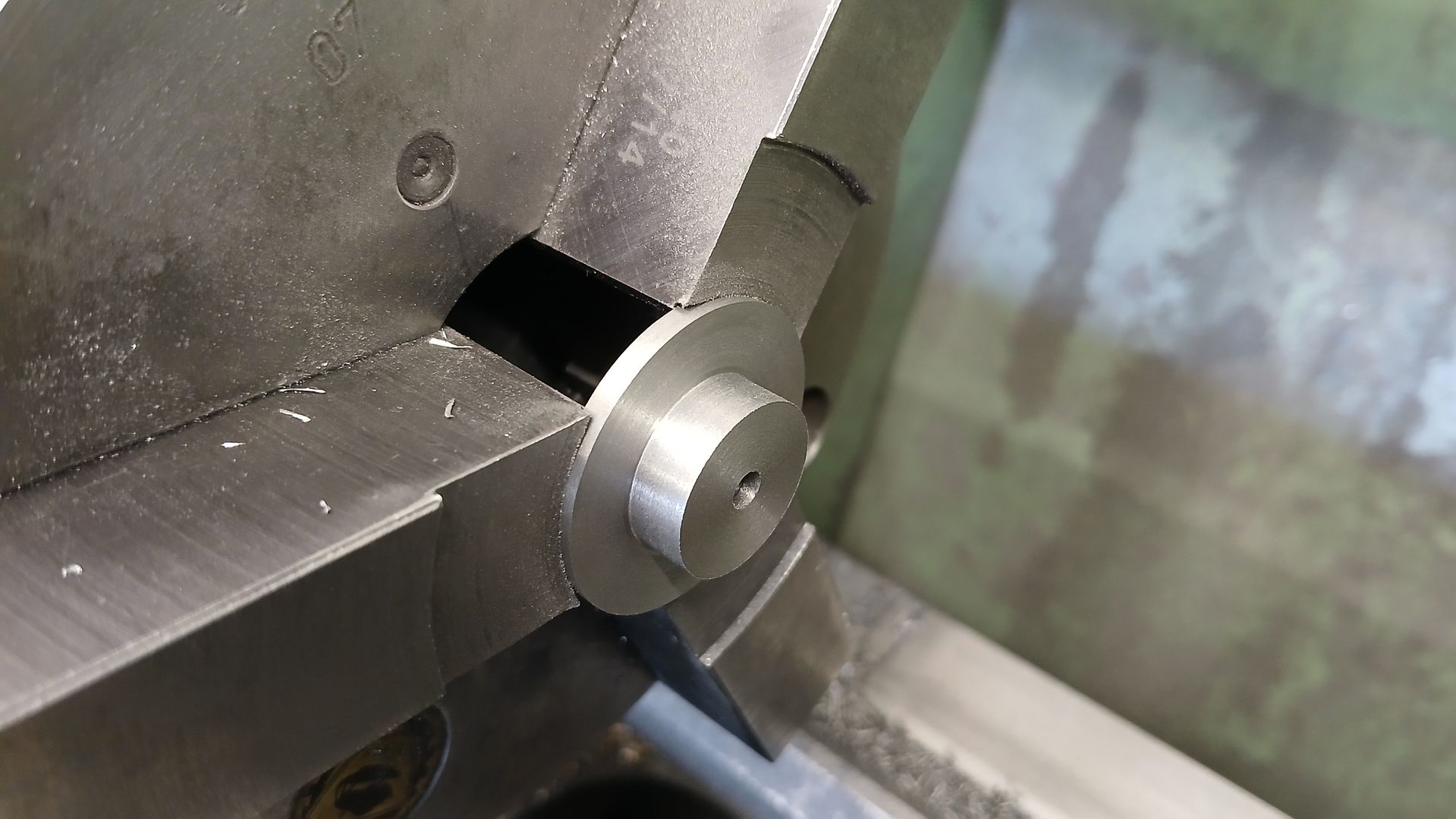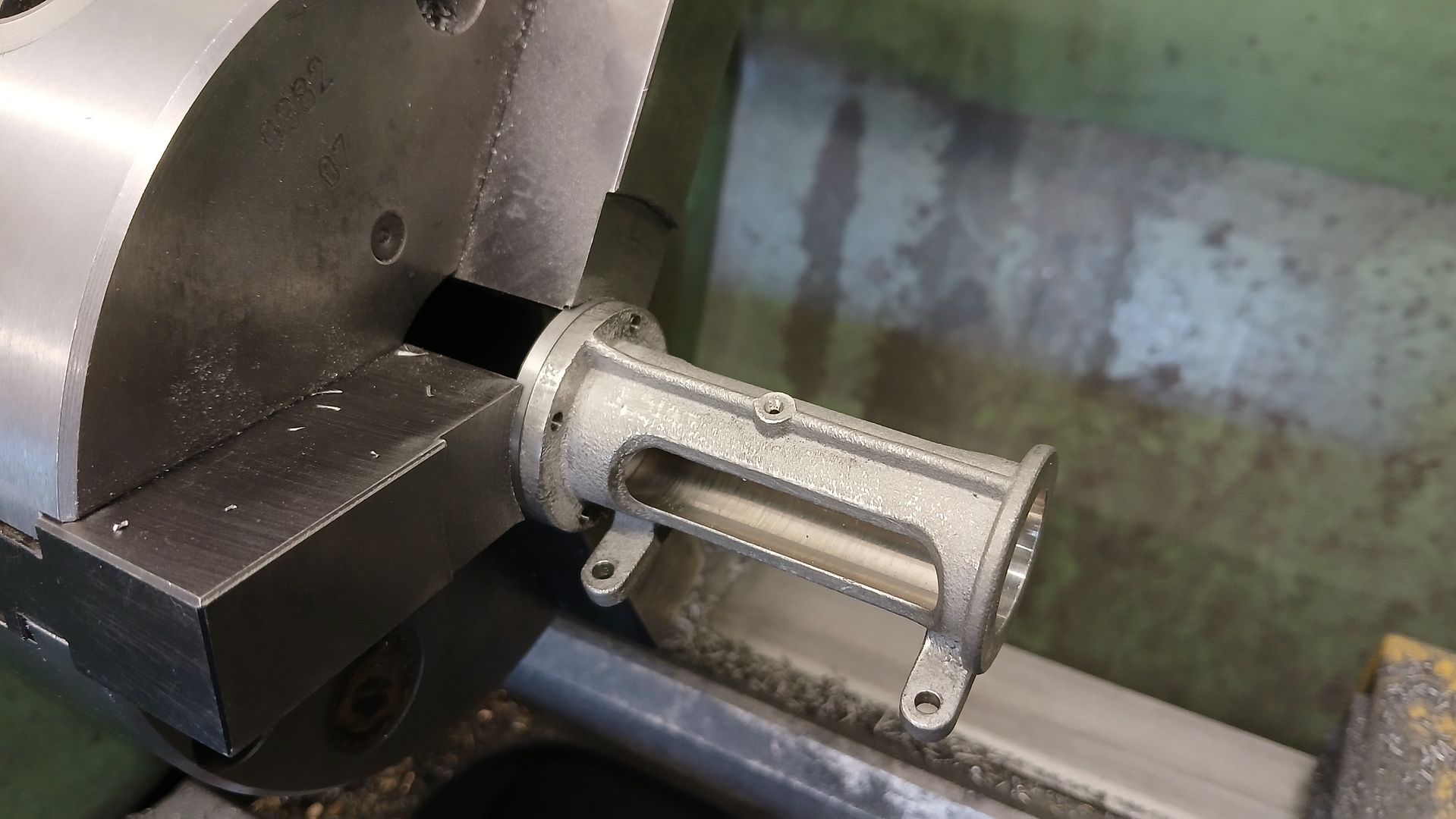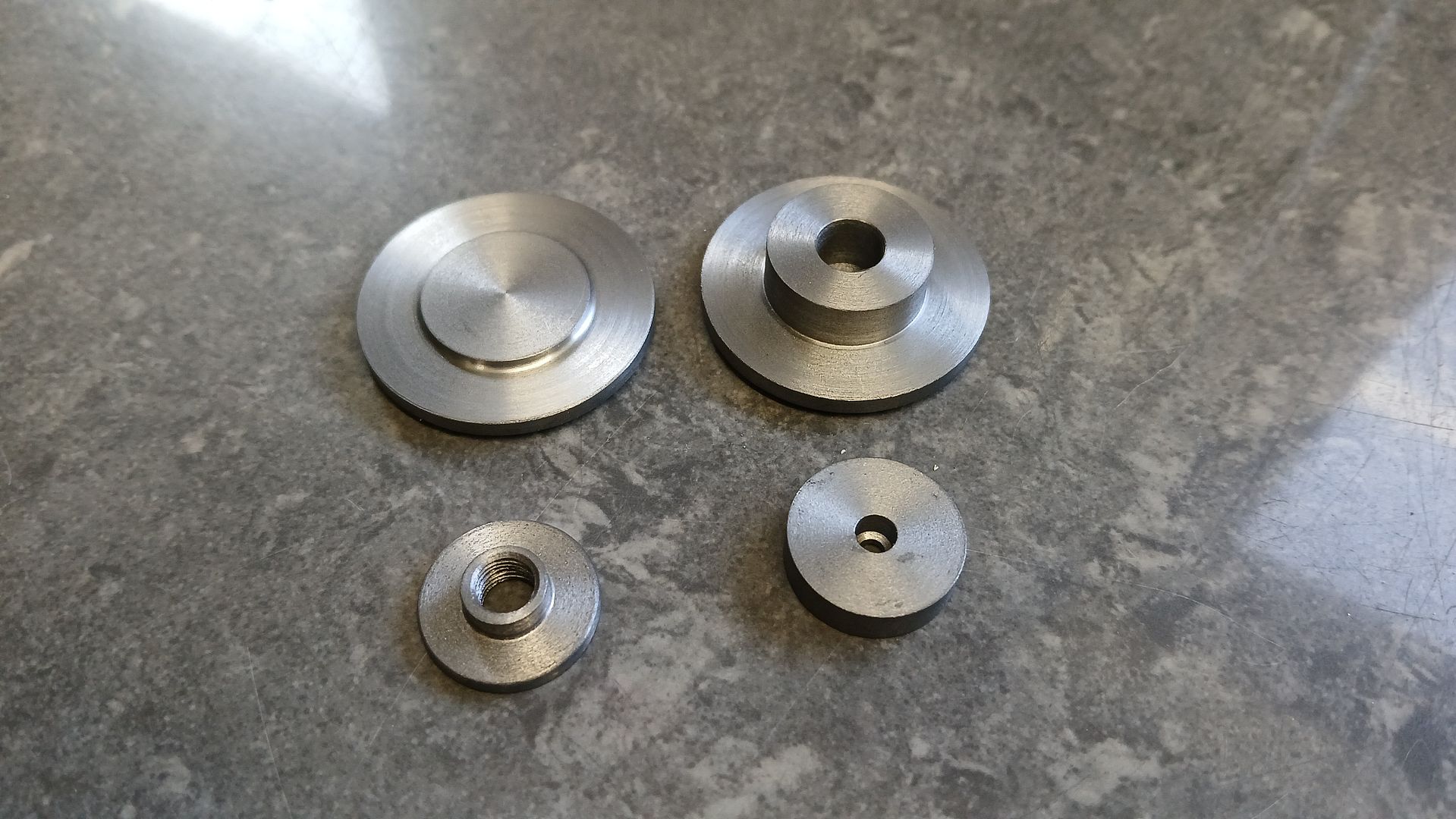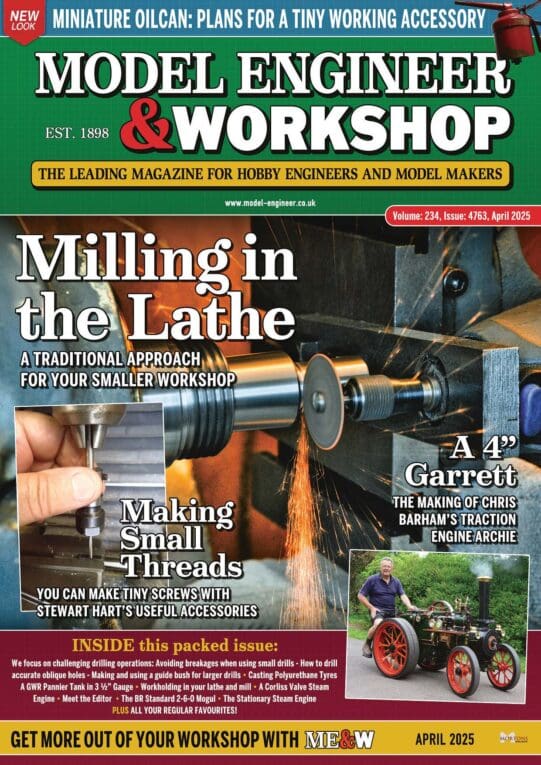Half Scale 1/4HP A J Weed Engine
Half Scale 1/4HP A J Weed Engine
- This topic has 13 replies, 4 voices, and was last updated 14 April 2025 at 19:15 by
 JasonB.
JasonB.
Viewing 14 posts - 1 through 14 (of 14 total)
Viewing 14 posts - 1 through 14 (of 14 total)
- Please log in to reply to this topic. Registering is free and easy using the links on the menu at the top of this page.
Latest Replies
Viewing 25 topics - 1 through 25 (of 25 total)
-
- Topic
- Voices
- Last Post
Viewing 25 topics - 1 through 25 (of 25 total)
Latest Issue
Newsletter Sign-up
Latest Replies
- New ELS-fitted Lathes from Amadeal
- Metric Thread Cutting Without Conversion Wheel
- Pipe Unions, Fittings, Standard Dimensions, CAD
- Generator size for vfd controlled 3 phase 5.5 kw motor
- Air source heat pumps
- What Did You Do Today 2025
- Acceptable feed screw backlash
- Stuart Twin Victoria (Princess Royal) Mill Engine
- Building Bernard Tekippe’s Precision Regulator
- Amadeal VM25L Uneven Motor Brush Wear


